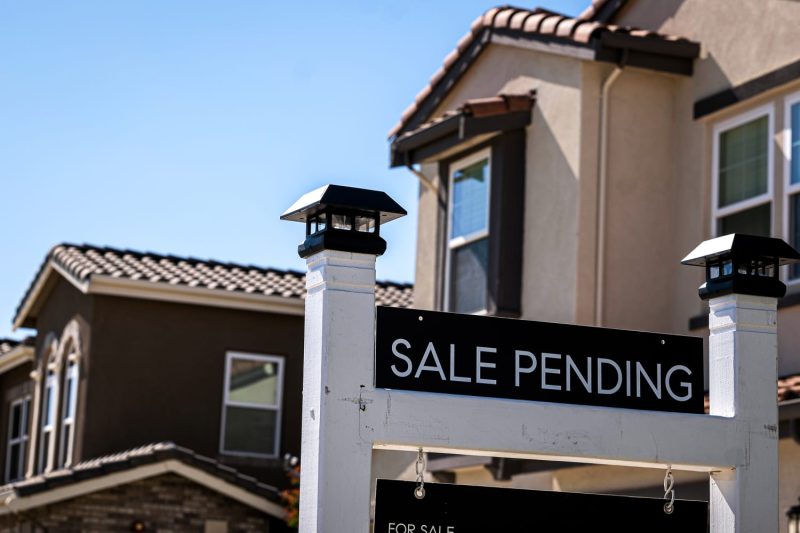Pending Home Sales in April Slump to Lowest Level Since the Start of the Pandemic
The housing market has been a barometer of economic health, reflecting the impact of various external factors such as the COVID-19 pandemic and its economic repercussions. Recently, pending home sales in April have dropped to the lowest level seen since the beginning of the pandemic. This decline raises concerns about the recovery of the housing sector and its potential implications on the broader economy.
One key factor contributing to the decrease in pending home sales is the persistent imbalance between supply and demand. The limited housing inventory continues to pose a challenge for prospective buyers, leading to bidding wars and inflated prices in many markets. This imbalance has been exacerbated by the ongoing pandemic, which has disrupted construction activities and supply chains, further constraining the availability of homes for sale.
Moreover, rising mortgage rates have added another layer of complexity to the housing market dynamics. As mortgage rates increase, the cost of borrowing rises, making homeownership less affordable for many potential buyers. This, coupled with the tight supply conditions, has dampened buyer enthusiasm and contributed to the decline in pending home sales.
The decline in pending home sales is significant not only for the housing market but also for the broader economy. Real estate activity has a ripple effect on various sectors, including construction, finance, and home improvement. A slowdown in housing market activity can reduce economic growth and employment opportunities, impacting the overall economic recovery from the pandemic.
In response to the challenges facing the housing market, policymakers and industry stakeholders need to take proactive measures to address the underlying issues. Increasing housing supply through incentives for construction and renovation projects, as well as improving access to affordable financing options, could help mitigate the current imbalance between supply and demand.
Furthermore, addressing the root causes of supply chain disruptions and labor shortages in the construction industry is essential to facilitate the timely completion of housing projects. By streamlining regulatory processes and investing in workforce development, policymakers can support the sustainable growth of the housing market and the broader economy.
In conclusion, the recent slump in pending home sales highlights the ongoing challenges facing the housing market and the economy at large. Addressing the supply-demand imbalance, rising mortgage rates, and other obstacles requires coordinated efforts from policymakers, industry stakeholders, and consumers. By implementing strategic interventions to boost housing supply and affordability, we can navigate these challenges and pave the way for a more resilient and inclusive housing market in the post-pandemic era.
